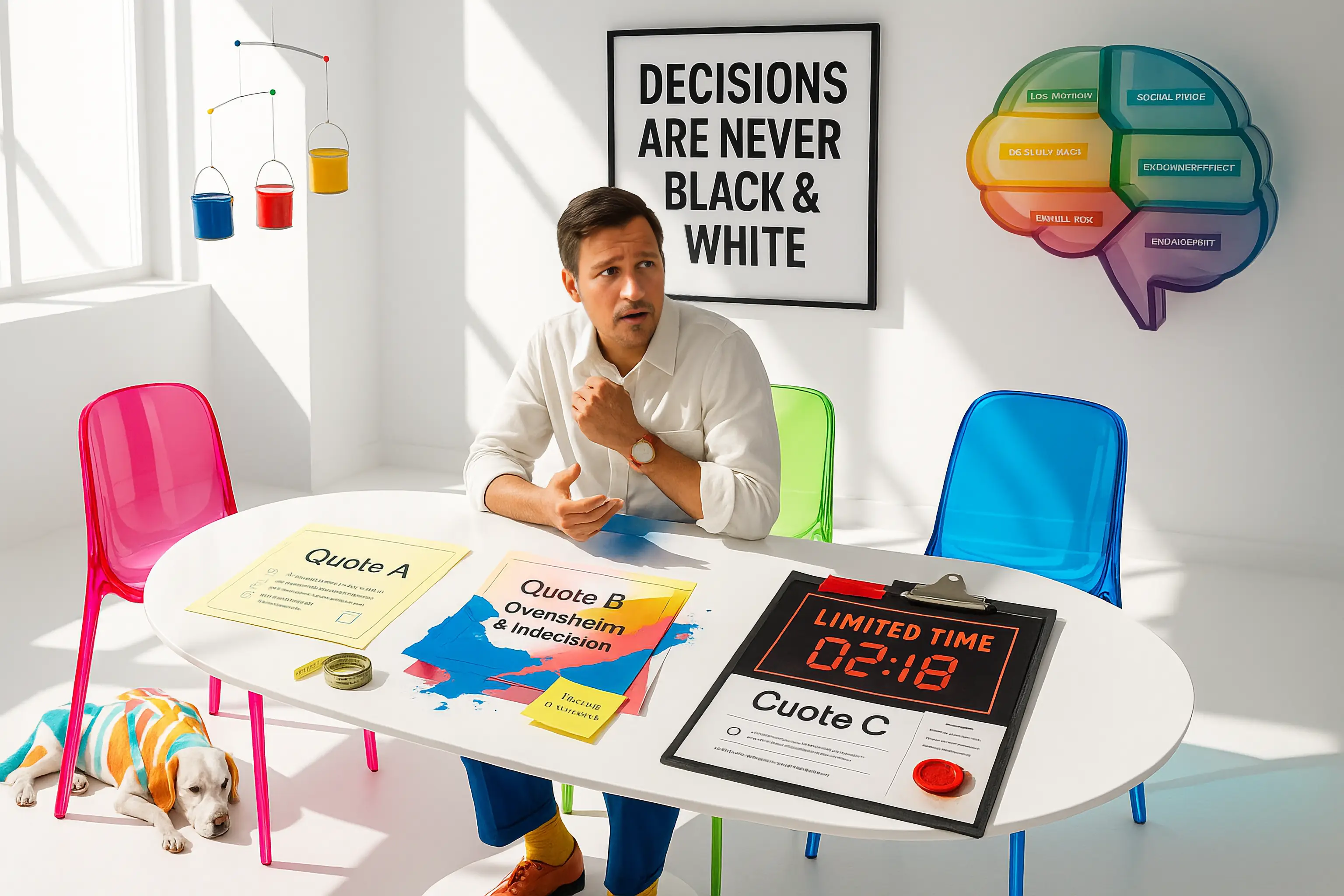
0:00 / 0:00
The Psychology of Paint Quotes: How to Win More Jobs by Understanding Your Client
The Psychology of Paint Quotes: Understanding Client Decision-Making and Presentation Strategies
The difference between winning and losing painting contracts often has less to do with price and more to do with understanding the psychological factors that drive client decision-making. While technical expertise and competitive pricing are important, the most successful contractors know that clients make decisions based on emotions, cognitive biases, and social influences that go far beyond a simple cost comparison.
Modern research shows that decision-making is rarely a purely logical process. Instead, clients use mental shortcuts and emotional responses to evaluate your proposal. Understanding these principles isn't about manipulation; it's about presenting your value in a way that resonates, builds trust, and helps clients feel confident choosing you.
In today's competitive market, where clients can compare multiple quotes online, this psychological edge is more critical than ever. This guide will explore the key principles that influence client decisions and provide practical strategies to improve your quote acceptance rates and build stronger, more profitable client relationships.
The Hidden Science: Why Clients Really Say 'Yes'
To craft a winning quote, you must first understand the mental processes a client goes through. Research has identified several key principles that dramatically affect how people evaluate service-based proposals.
Incidental Emotional State
A client's current mood, influenced by completely unrelated events, can impact how they perceive your quote. A client who just had a bad experience with another contractor may be more risk-averse, while one who is excited about a home renovation may be more open to premium options. Pro Tip: Always start meetings by building rapport and trying to gauge their emotional state. Address their underlying feelings (e.g., excitement, anxiety) to connect on a deeper level.
Behavioural Consistency
People strive to be consistent with their previous decisions. If you can get a client to agree on small things early on—like a preferred colour family, a communication schedule, or quality standards—they are psychologically more likely to agree to the larger commitment of the full project. It builds a 'yes' momentum.
False Consensus & Social Proof
Clients often look for validation that they're making a 'normal' or 'smart' choice. They assume others would make a similar decision. You can leverage this by using social proof: share testimonials, show photos of similar projects in their neighbourhood, or mention popular colour or service choices. Phrases like, "Many of our clients with this style of home choose this finish for its durability," can be very persuasive.
Status Quo Bias & Loss Aversion
People are naturally resistant to change and disruption. A painting project, by its nature, disrupts the status quo. Furthermore, Prospect Theory shows that people feel the pain of a potential loss (e.g., hiring the wrong painter) more strongly than the pleasure of an equivalent gain (a beautifully painted room). Pro Tip: Frame your service as a way to protect their investment and prevent future problems (like peeling or fading), not just as an upgrade. Emphasize how your professional process minimizes disruption.
The Default Effect
How you present options matters. When a specific choice is highlighted as the 'recommended' or 'standard' option, clients are overwhelmingly likely to select it. This is a powerful tool for structuring your quotes with 'Good, Better, Best' packages, where your preferred 'Better' option is presented as the default.
The Endowment Effect
People value things more once they feel a sense of ownership. Help your clients mentally 'own' the finished project before they sign the contract. Use digital visualization tools, provide large paint swatches they can keep, and use descriptive language that helps them imagine living in the transformed space. This increases the perceived value of your proposal.
Reciprocity
When you provide value upfront, clients feel a subconscious obligation to give something back. This doesn't have to be a physical gift. Providing a free, detailed colour consultation, offering helpful maintenance tips, or pointing out a potential issue (and its solution) during the walkthrough all build goodwill before you even present the price.
Scarcity and Urgency
People place a higher value on things that are limited. This must be used ethically and honestly. If your schedule for the season is genuinely filling up, or if a supplier's paint sale ends on a specific date, it's fair to communicate that. For example: "I can lock in this price if you book by Friday, as my paint supplier's rates are increasing next month."
The Foundation of Every Signed Contract: Building Unshakeable Trust
Trust is the currency of the service industry. It costs significantly more to acquire a new client than to retain an existing one. Here's how to build a foundation of trust that turns prospects into lifelong customers.
Reliability
Do what you say you will do. Arrive on time for the estimate. Send the quote when you promised. Start the job on the agreed-upon date. Every small promise you keep builds the credibility needed for them to trust you with the big promise: a beautiful, professional paint job.
Transparency
Be an open book. Clearly explain your process, the materials you use, and why certain prep work is necessary. Discuss potential challenges, like weather delays, upfront. An educated client is a confident client. Avoid technical jargon and explain things in simple, relatable terms.
Proactive Communication
Don't wait for your clients to ask questions. Anticipate their concerns. Send a quick text in the morning to confirm your arrival time. Give them a progress update at the end of the day. This demonstrates that you are in control of the project and that they are a priority.
Authenticity
Clients can spot a sales script a mile away. Be genuine. Show real interest in their project, their home, and their goals. Ask questions and listen to their answers. Building a personal connection is often the single biggest differentiator between you and another qualified painter.
Demonstrate Expertise
Show, don't just tell. When you explain why a specific primer is needed for their wall condition or how a certain finish will hold up better in a high-traffic area, you are not just selling a service—you are providing expert consultation. This builds immense trust in your ability to deliver superior results.
From Proposal to Project: How to Present a Quote That Sells Itself
The way you present your quote can be just as important as the numbers on it. A professional, psychologically-informed presentation helps clients understand your value and feel confident in their decision.
Lead with Value, Not Price
Structure your quote to tell a story. Start by restating their goals and problems to show you were listening. Then, present your proposed solution and its benefits. Only after they understand the value you provide should you introduce the price. This frames the cost as an investment in a solution, not just an expense.
The Power of Three Options
Instead of a single price, offer three packages (e.g., Basic, Premium, and All-Inclusive). This technique, known as choice architecture, leverages the 'decoy effect'. The 'All-Inclusive' option makes the 'Premium' package (often the one you want them to choose) seem like the most reasonable and value-packed choice. It gives the client a sense of control and steers them away from a purely price-based decision.
Professional Visual Presentation
Your quote document is a reflection of your work quality. A hastily written email or a messy spreadsheet signals sloppy work. Use a professional template with your logo, clear formatting, and high-quality images of past work. A clean, well-organized document inspires confidence and signals attention to detail.
Tell a Story
Don't just list tasks. Use descriptive language to paint a picture of the final result. Instead of "Prep and paint walls," try "We will meticulously prepare all wall surfaces, repairing any imperfections to create a flawless foundation. We will then apply two coats of premium Benjamin Moore Regal Select in 'Chantilly Lace' to create the bright, airy atmosphere you're looking for."
Strategic Follow-Up
A single follow-up call of "Did you decide yet?" is not a strategy. Plan a sequence of value-added follow-ups. Your first follow-up could be to ensure they received the quote and see if they have initial questions. A few days later, you could send a link to a relevant case study or a testimonial from a similar project. This keeps you top-of-mind and reinforces your expertise without being pushy.
Bringing It All Together: The Art and Science of the Winning Quote
By shifting your focus from simply delivering a price to guiding a client through a decision-making process, you can fundamentally change your business. Understanding the psychology behind a 'yes' allows you to build deeper trust, command higher prices, and create more satisfying relationships with your clients. Remember to apply these principles ethically, aiming to empower clients to make confident, well-informed choices. When you do, you're not just winning a job—you're building a reputation and a business that lasts.
Frequently Asked Questions
Citations & Sources
- What to Look for in a Painting Contractor - Painting Contractors Association (PCA)
- How to Hire a Painting Contractor - This Old House
- Checkatrade - How to find a good painter and decorator
- How to Get a House Painting Quote You Can Trust - Forbes Home
- The Importance of Surface Preparation in Painting - Sherwin-Williams
- Construction Health & Safety - Health and Safety Executive (HSE) UK
- Painting - Occupational Safety and Health Administration (OSHA)
- How to Hire a Painter: 10 Things to Look For - Bob Vila
Ready to Transform Your Painting Business?
Join the revolution in professional painting quotes
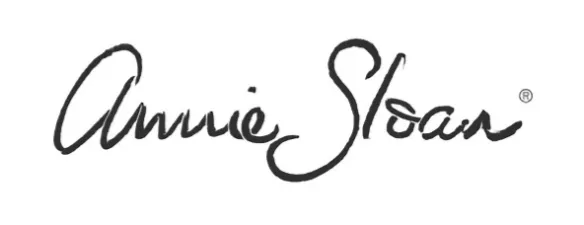


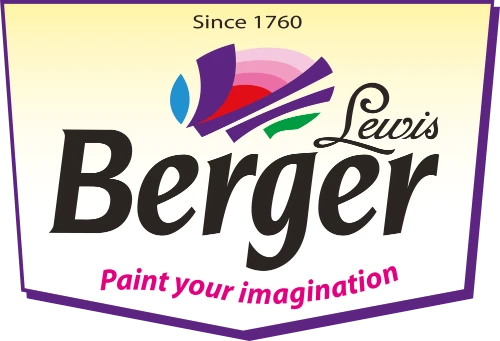


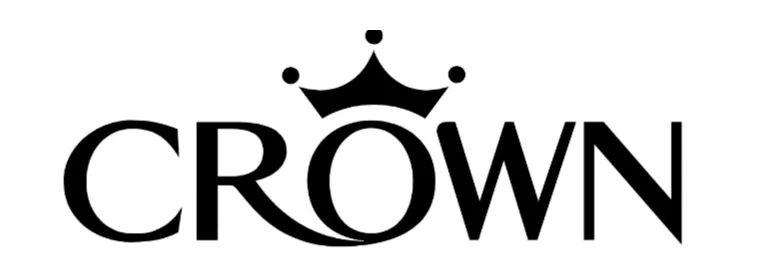

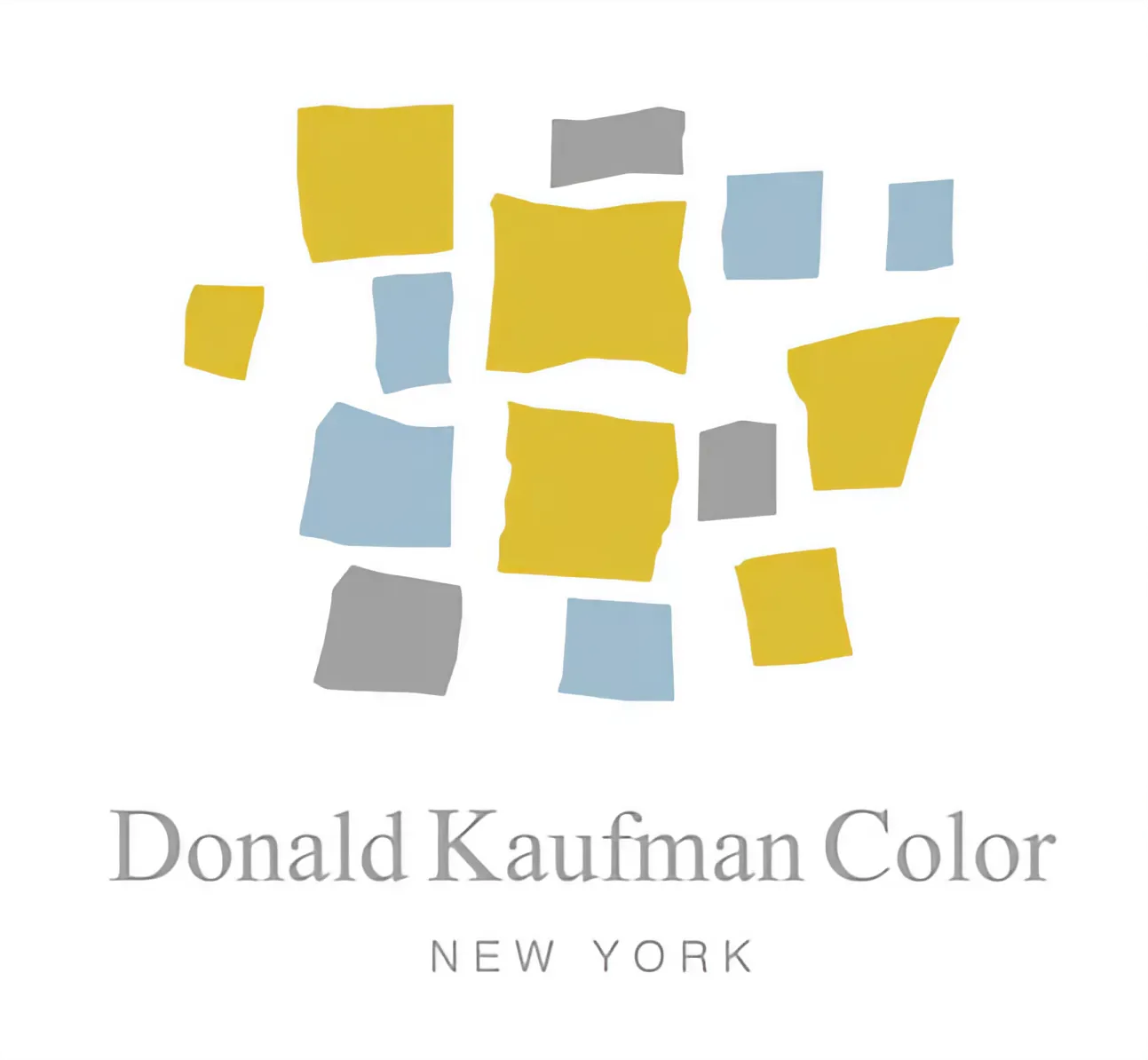
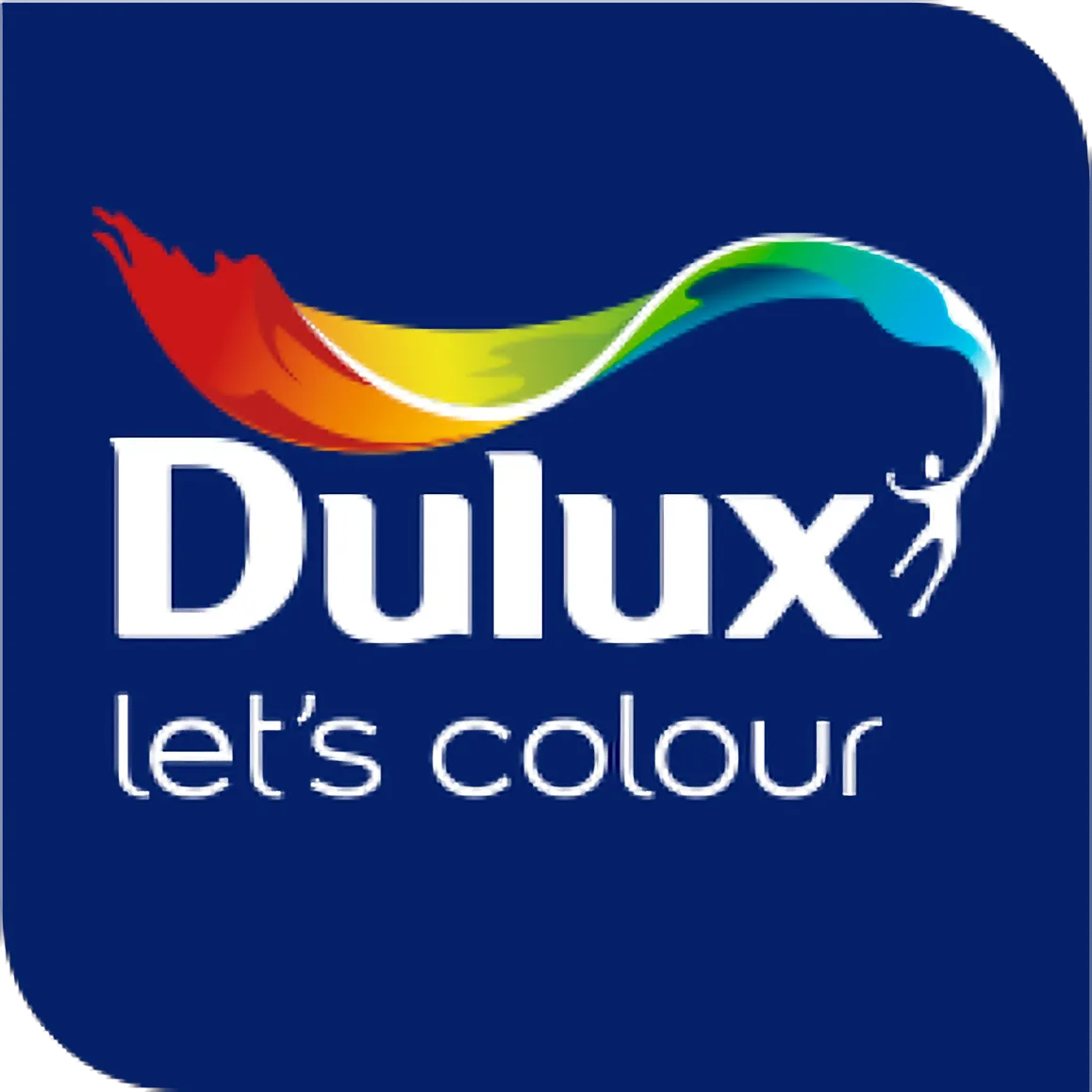


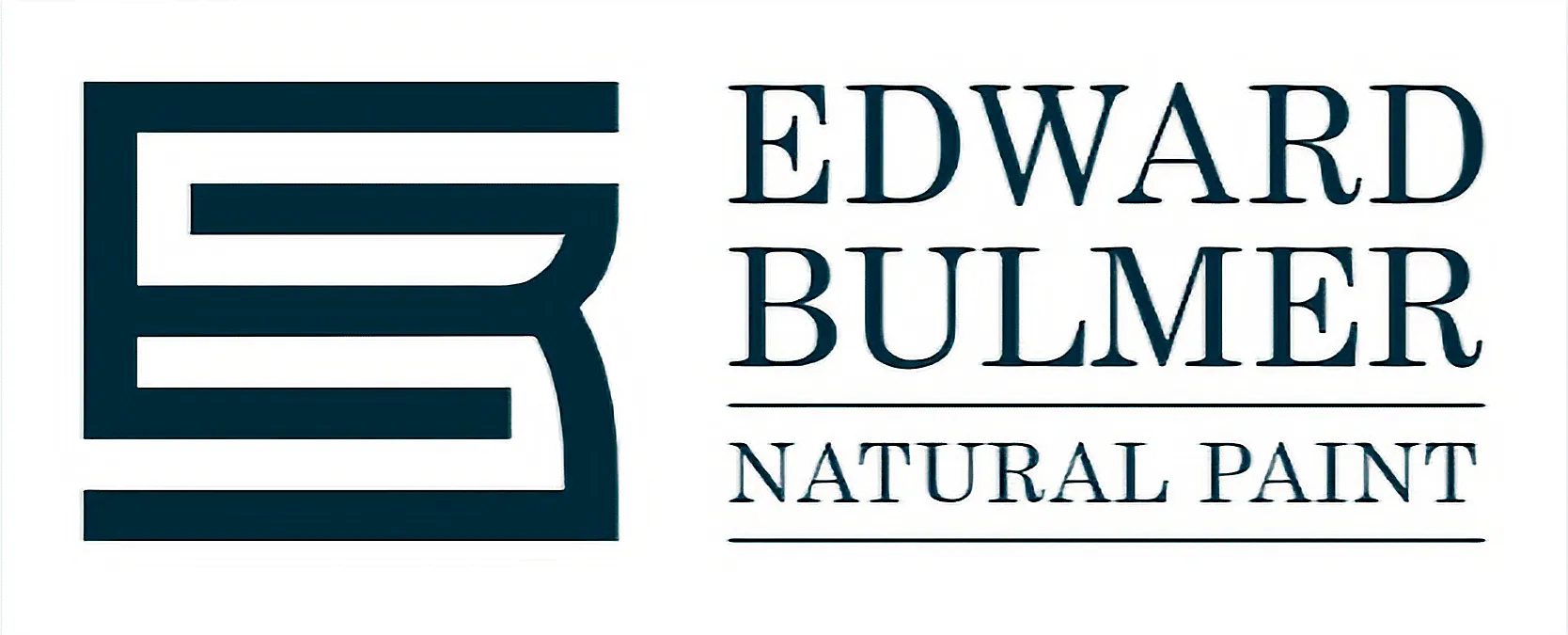
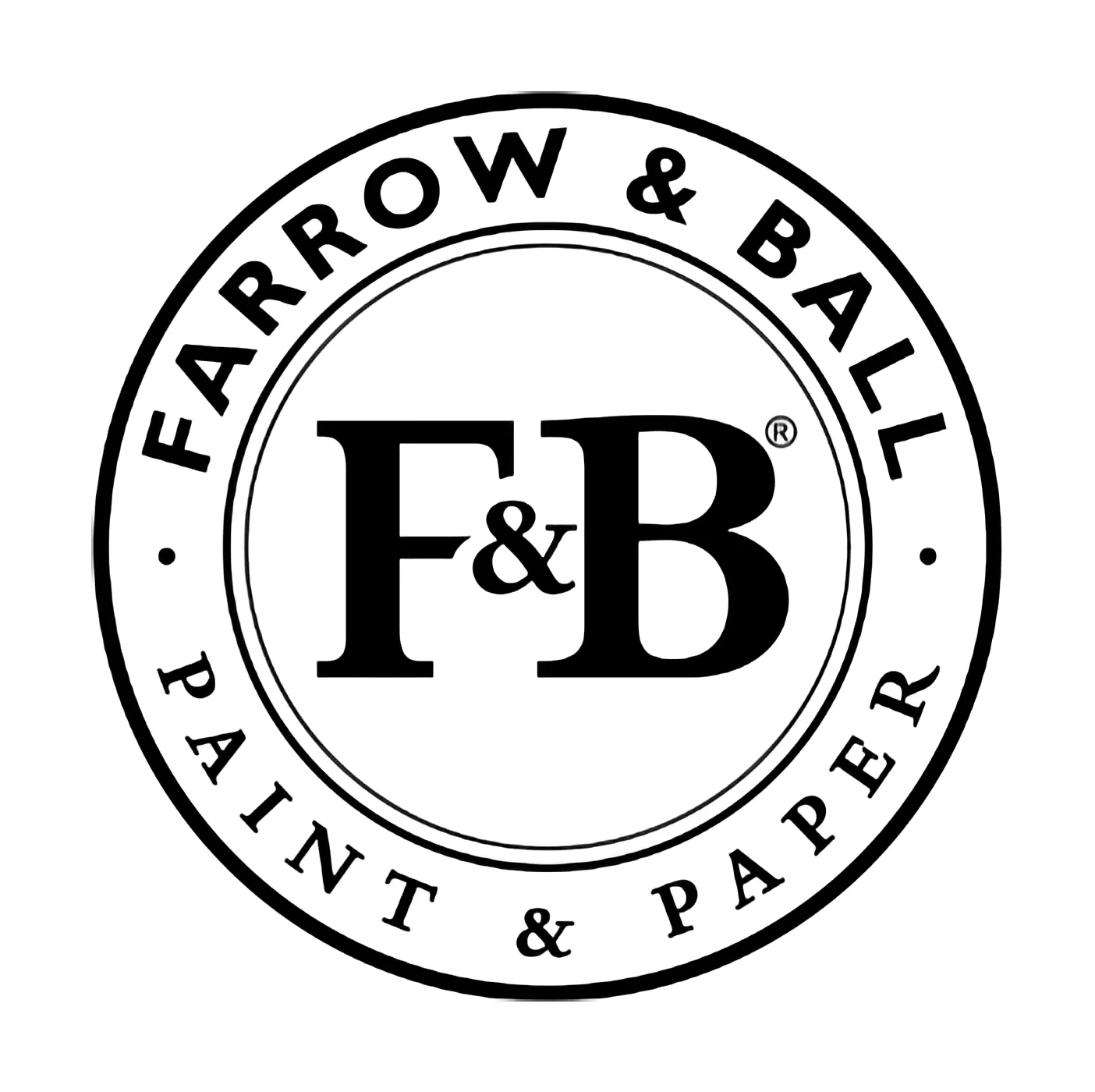


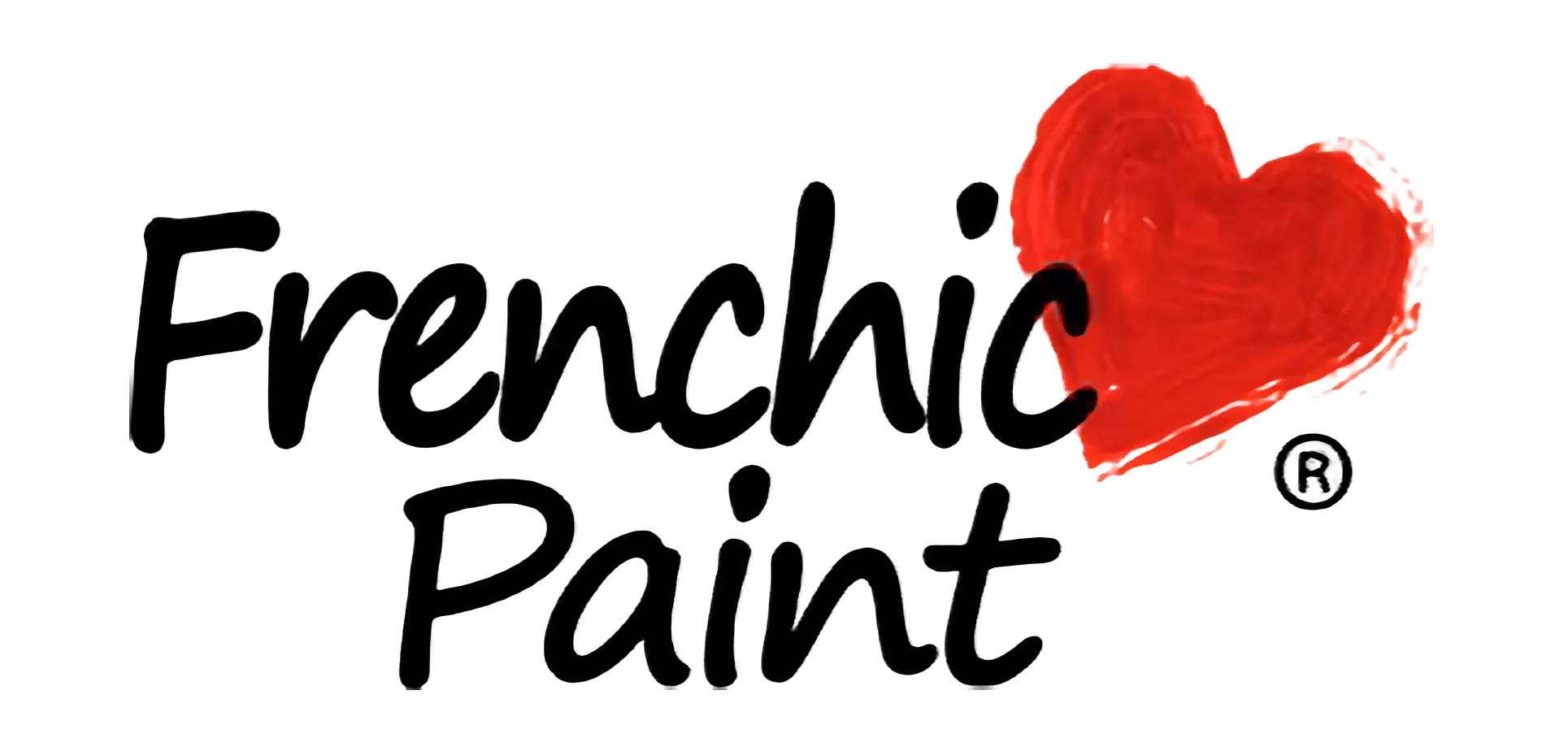

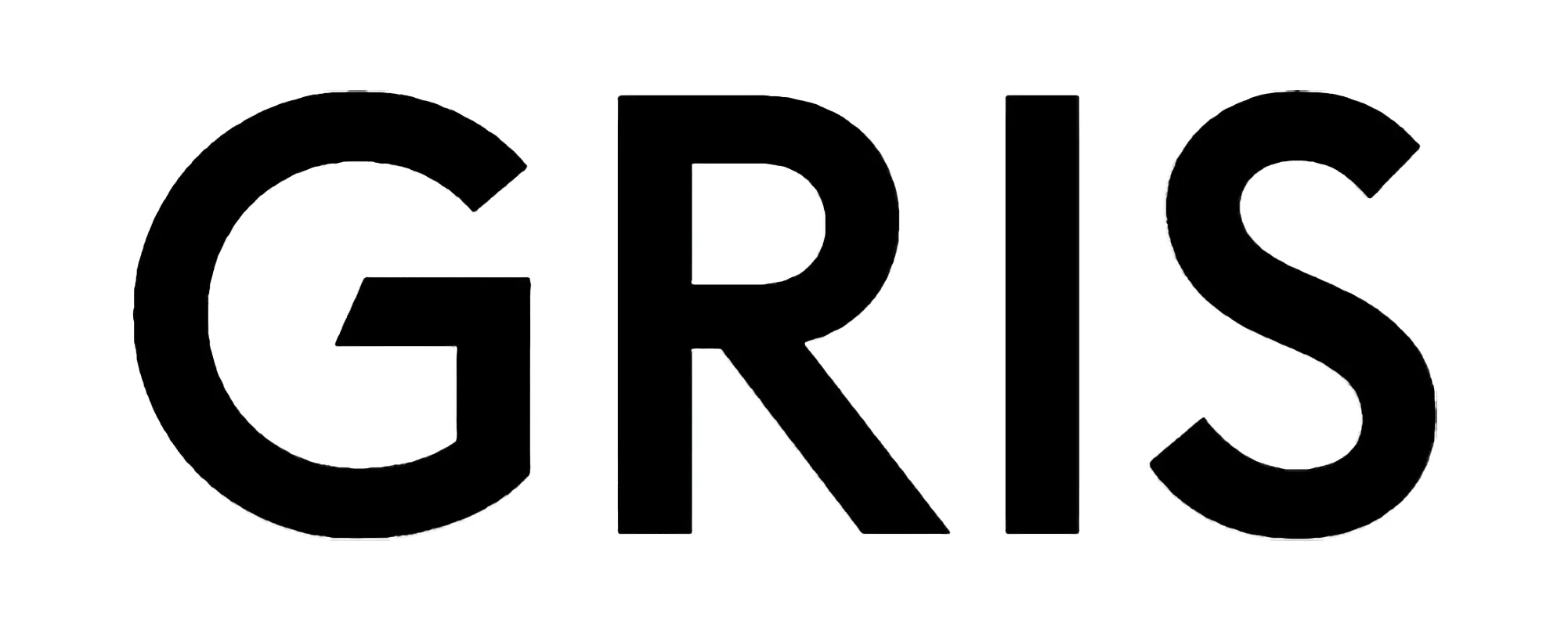
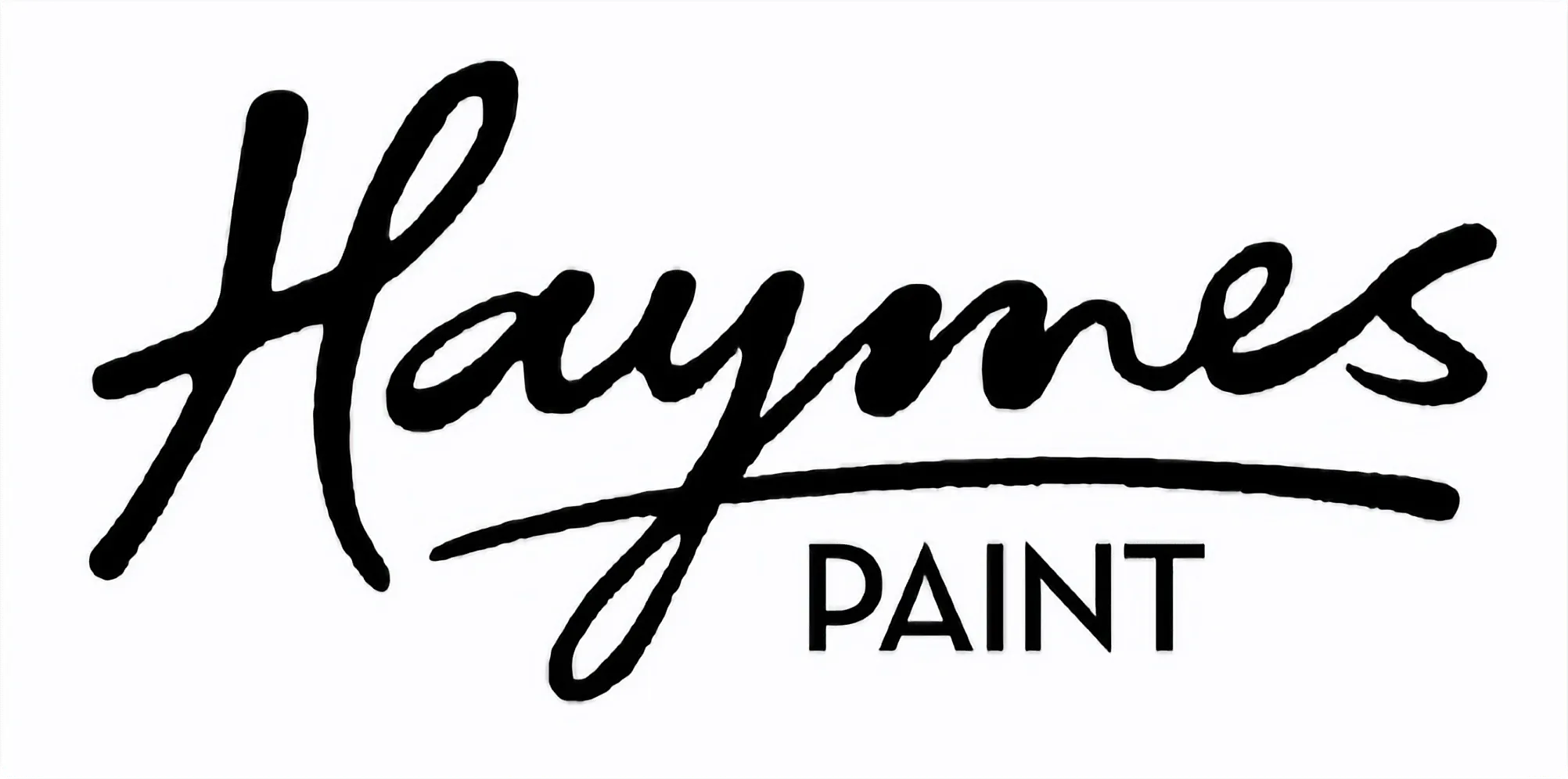
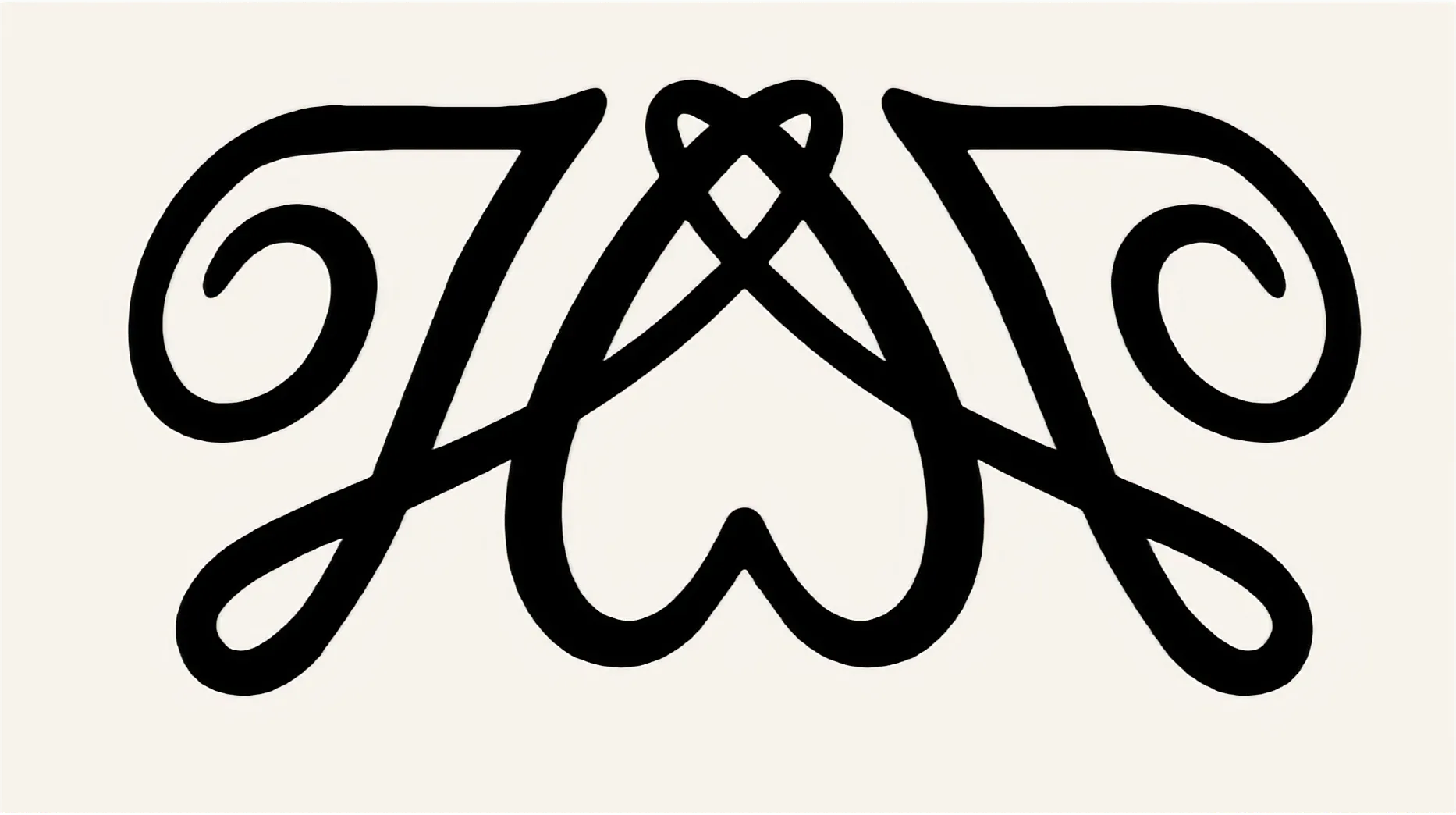
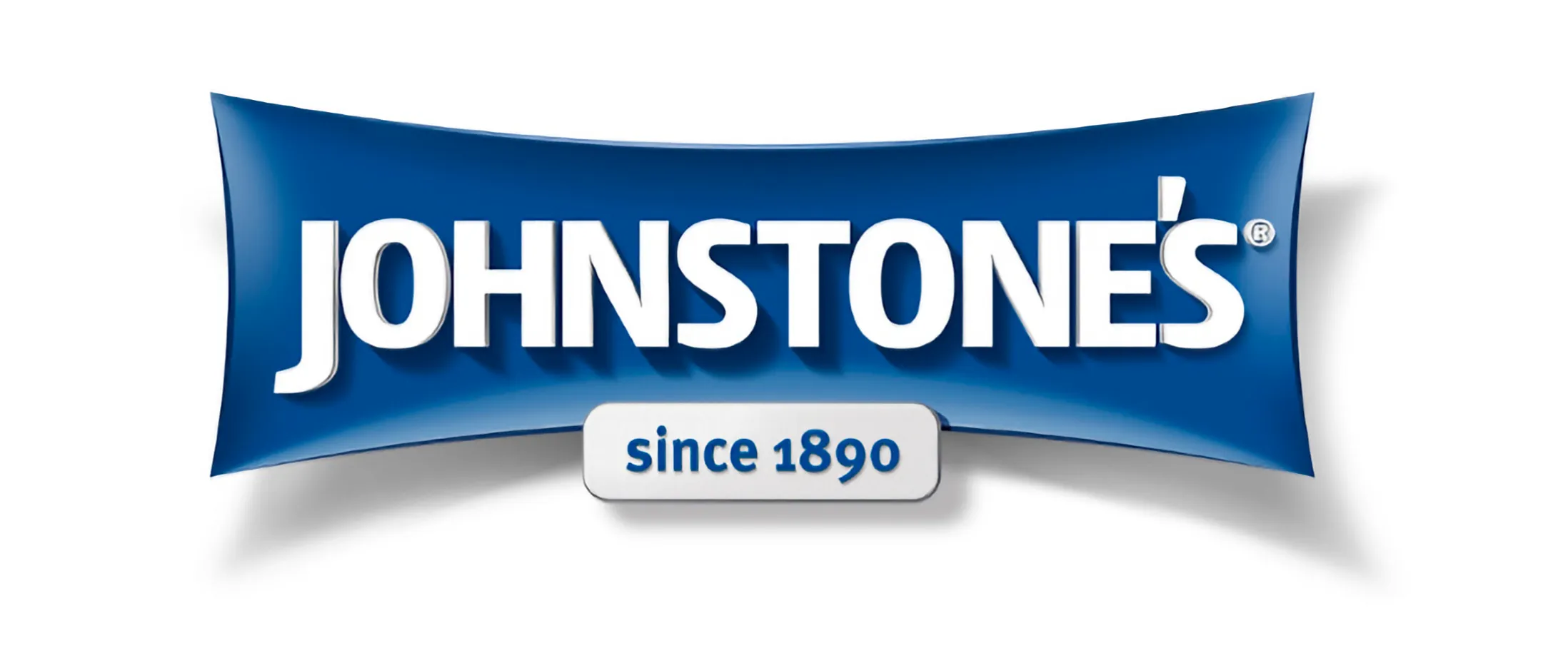

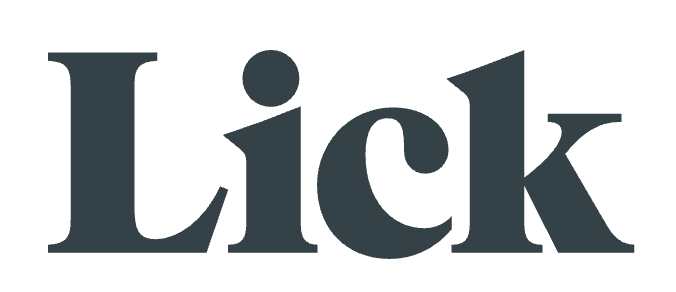



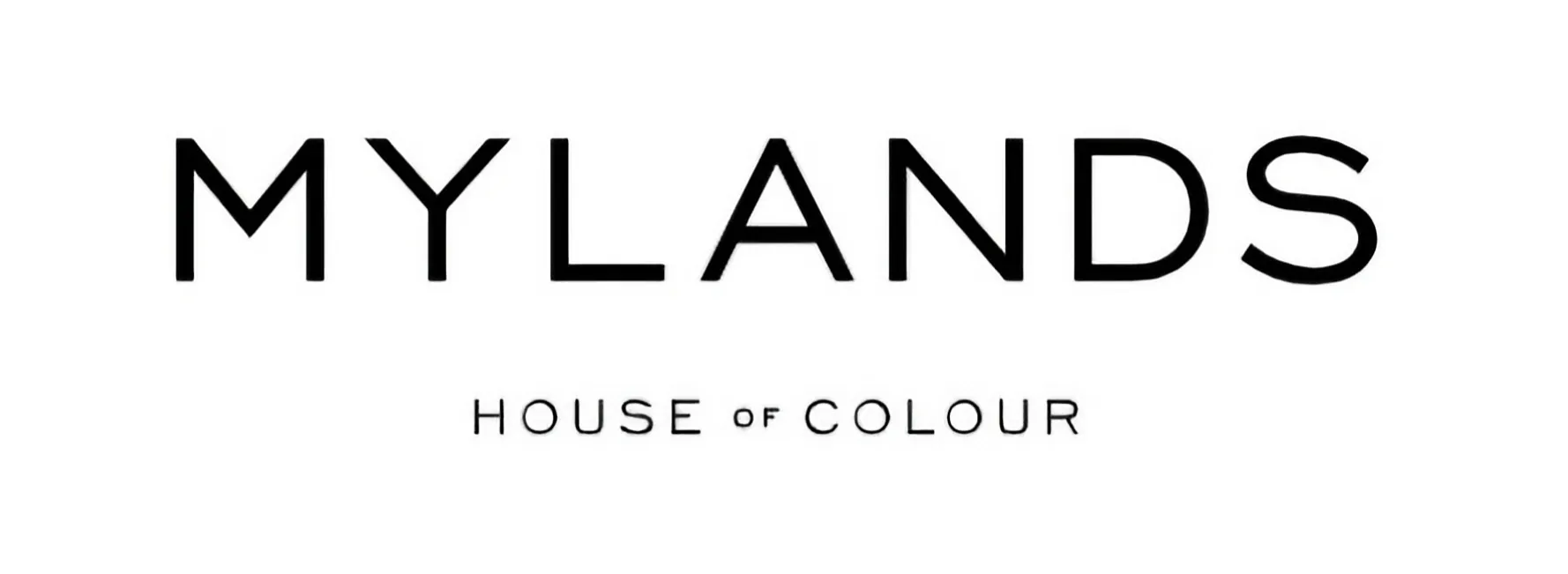




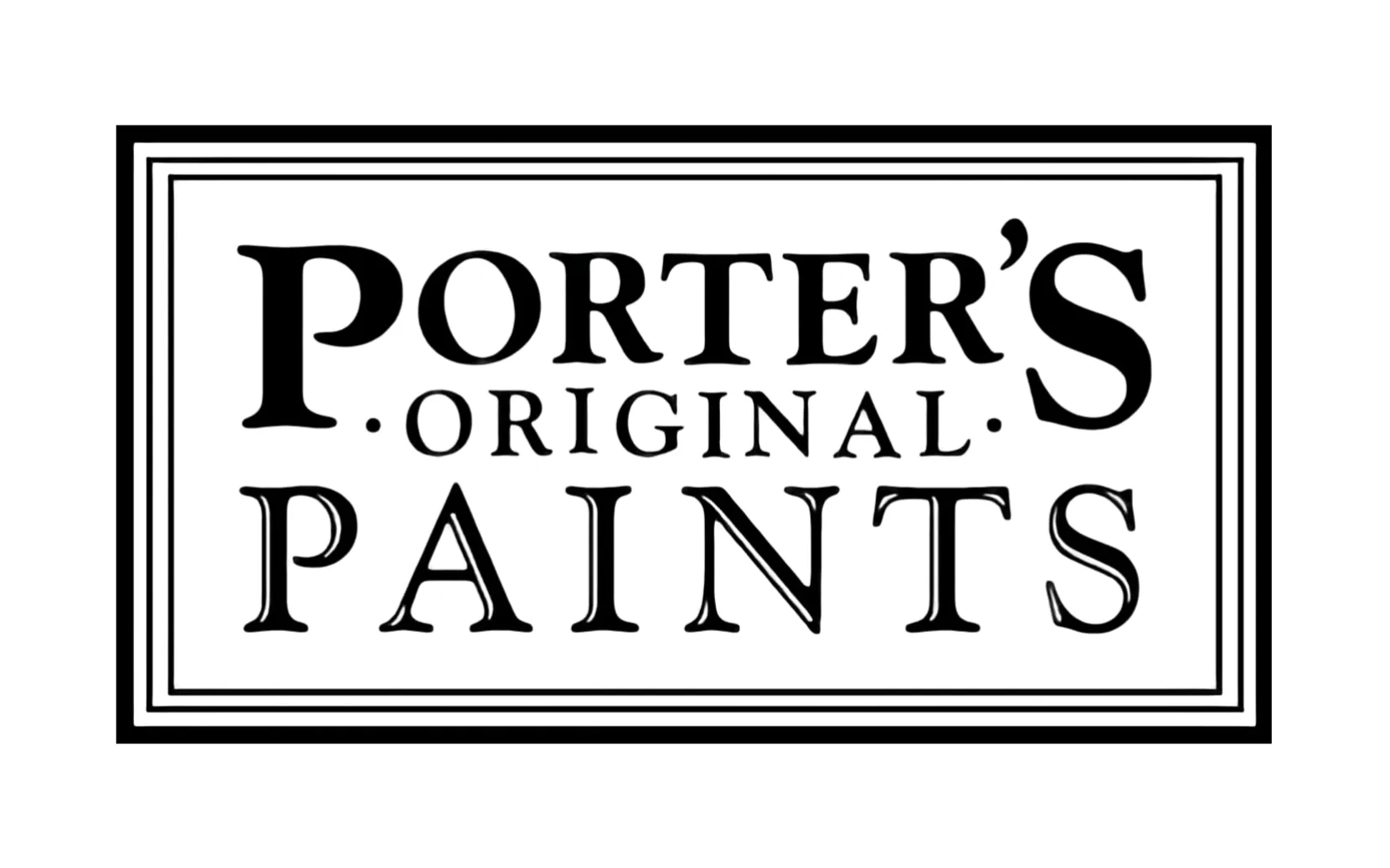

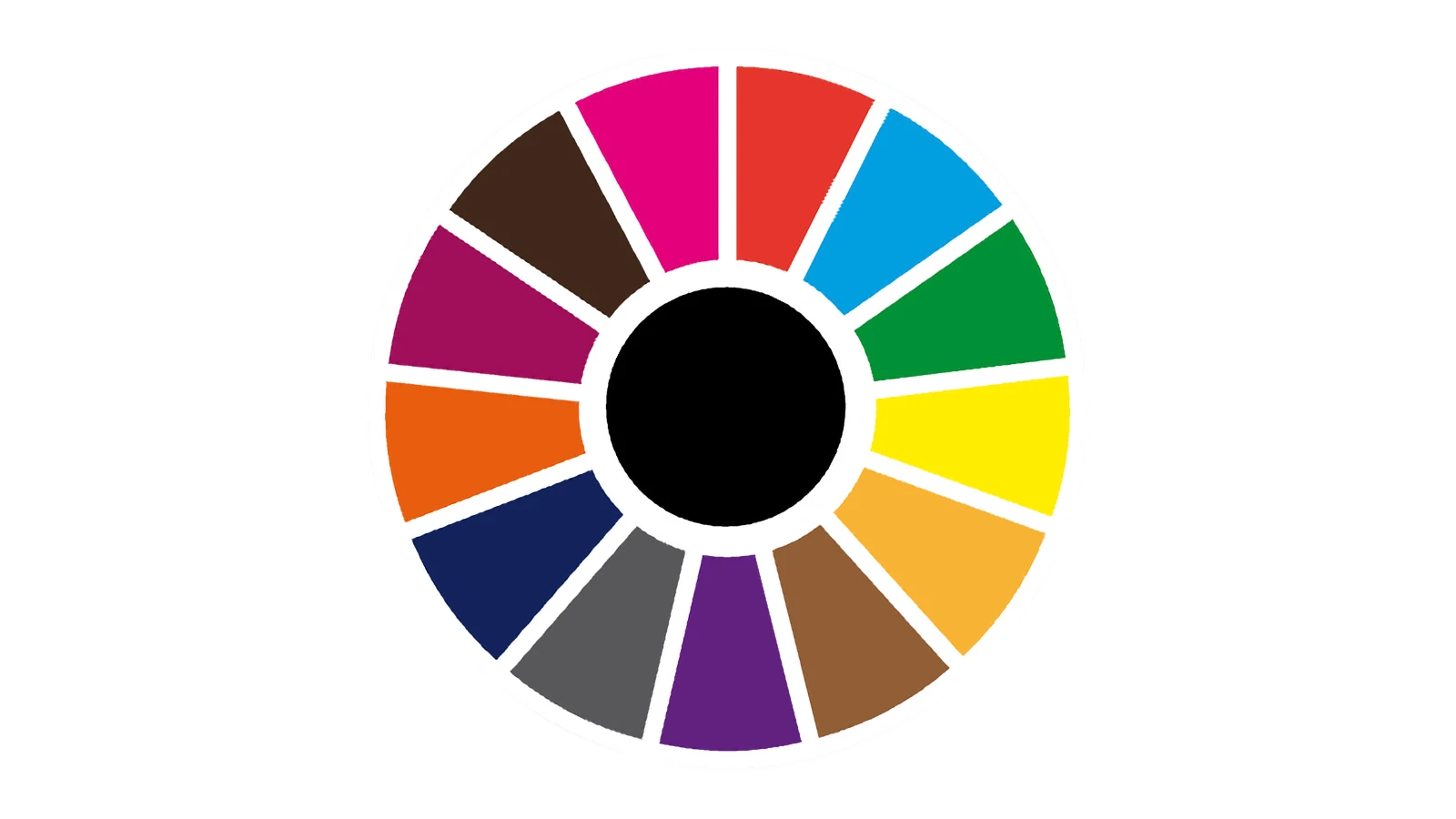
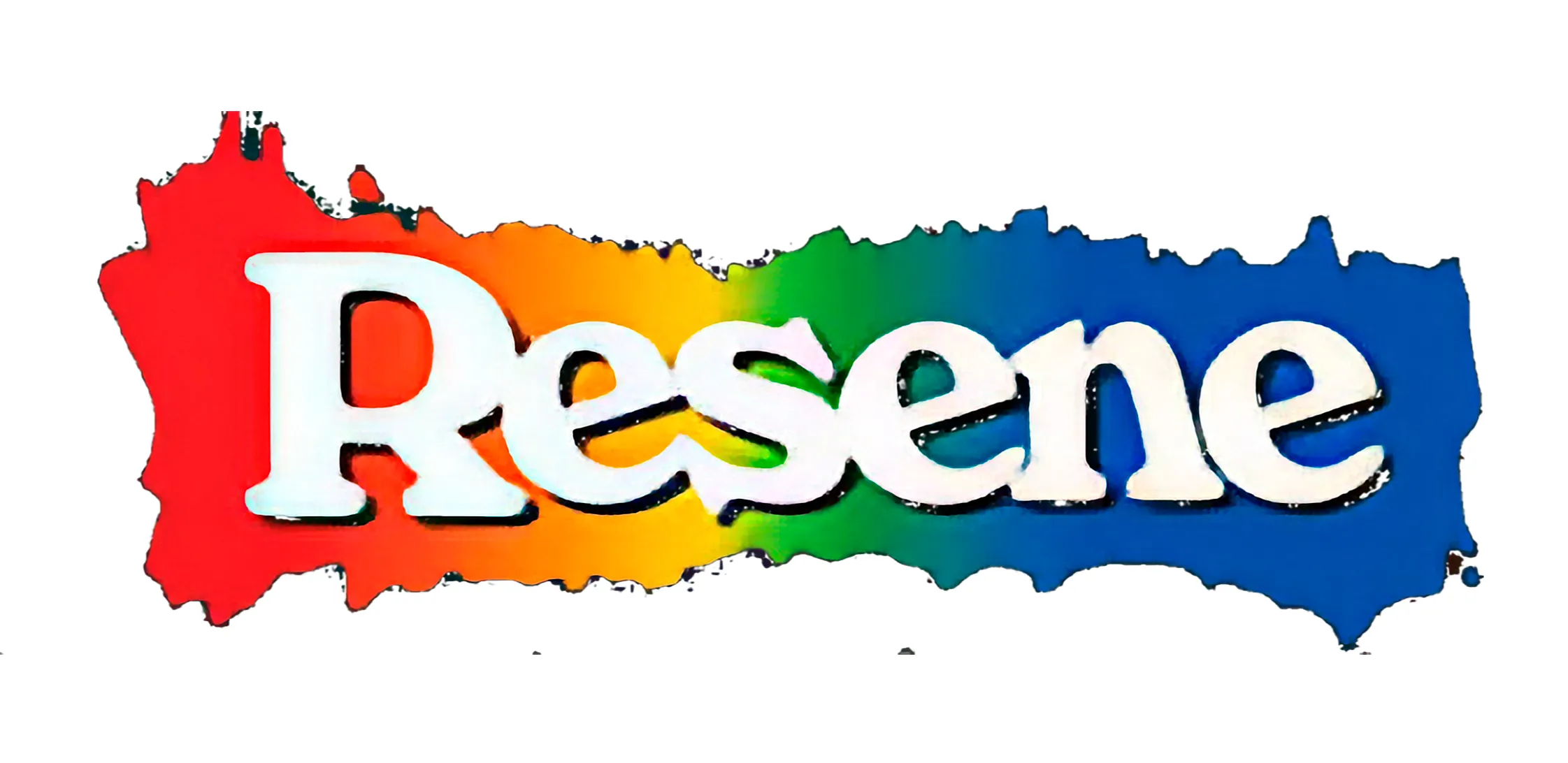





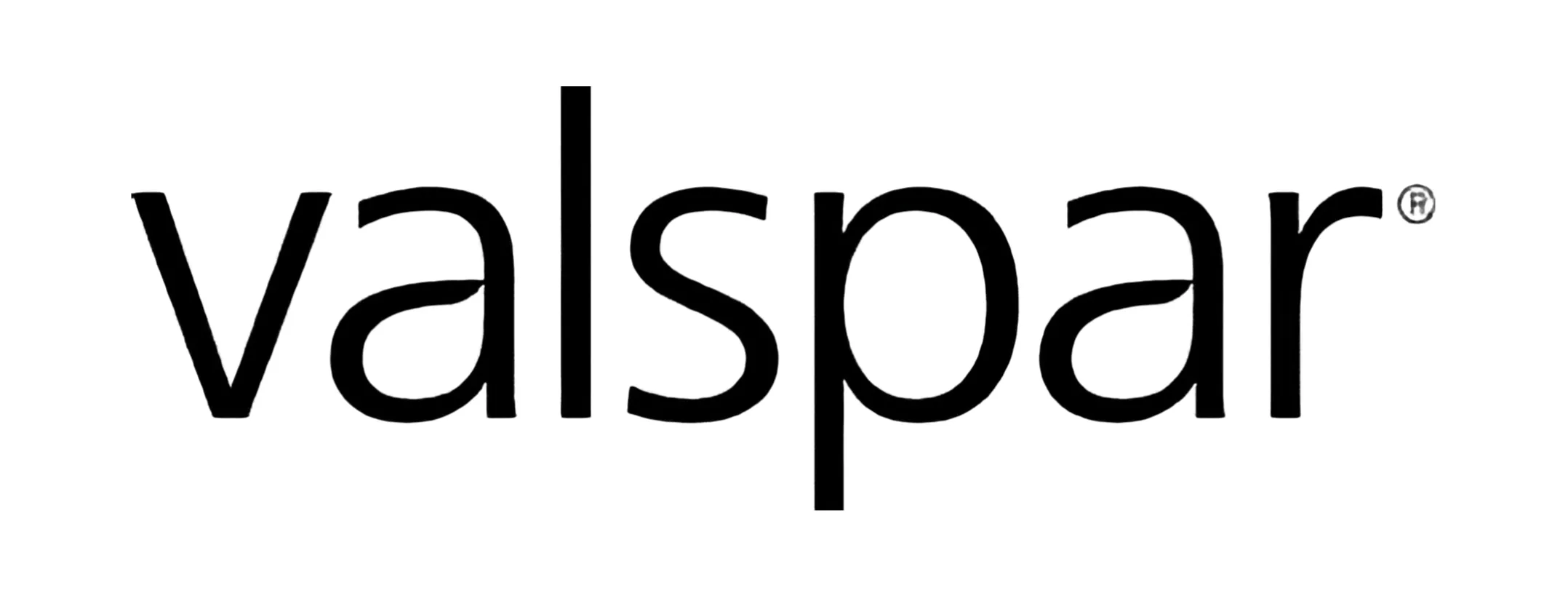
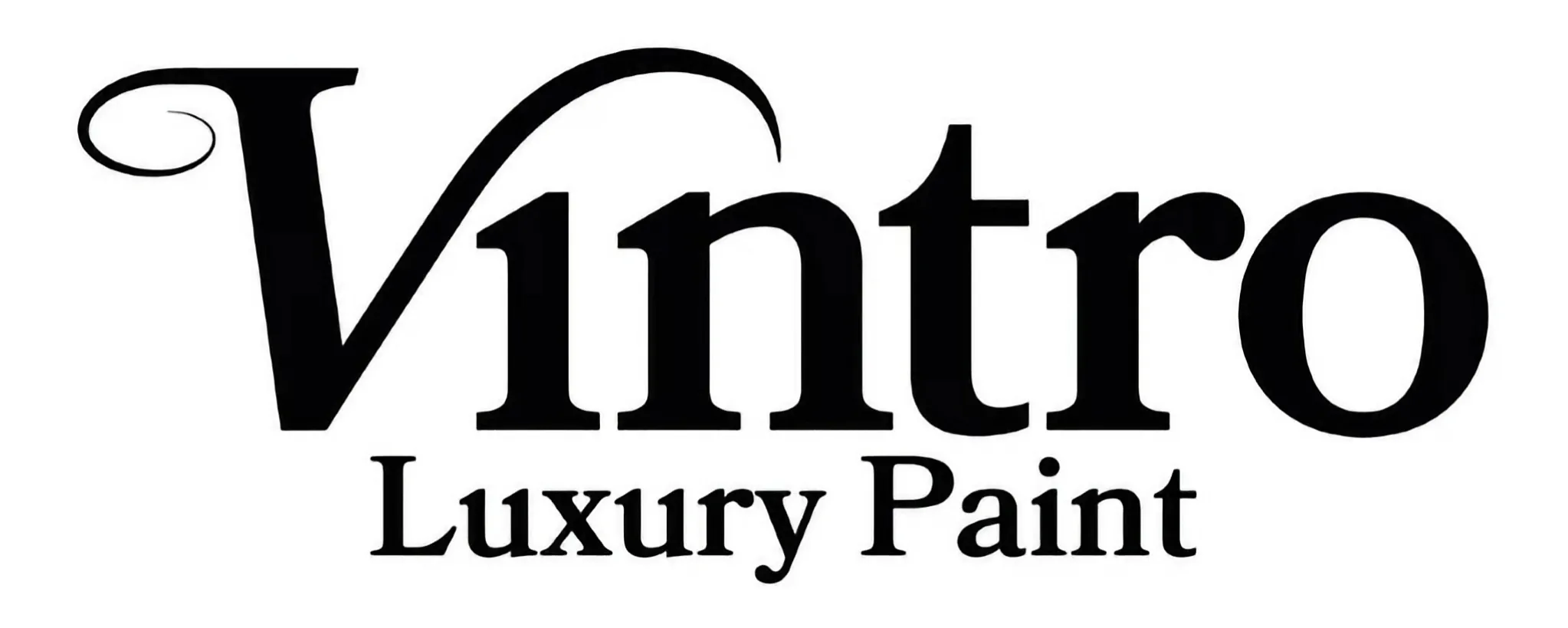



















































Stay Updated
Get industry insights, feature updates, and growth tips delivered to your inbox.
© 2025 PaintQuote Pro. All rights reserved.
Payments securely processed by Stripe


